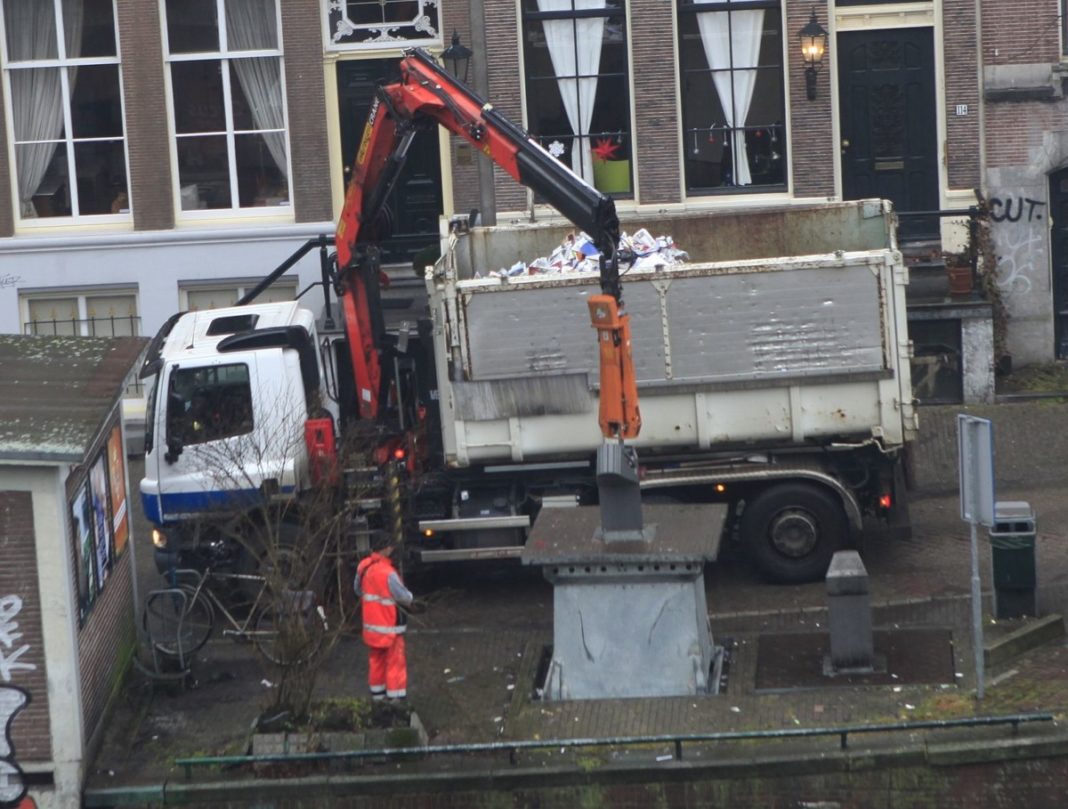In 2018, the Netherlands consumed 20% less material than it did in 2000, according to the publication Circular Economy in the Netherlands by the Central Bureau of Statistics (CBS). According to the study, material consumption per inhabitant is generally less than the the average in the European Union, and the raw-material footprint per inhabitant is also lower, nu.nl reports.
This broad term, “material” includes the following: biomass (i.e. milk and wood), fossil fuels and their derivatives (i.e. gasoline and plastic), metal (i.e. cars and other machines) and non-metallic materials (i.e. sand and concrete).
Now during this period, the Netherlands consumed less than its neighbours, Belgium and Germany, beaten only by Spain, the UK and Italy according to CBS.
Fewer minerals are needed
Generally lower material consumption in the Netherlands is due to several reasons. For instance, fewer raw materials – or materials are needed to make semi-final and final products- and used compared to other EU countries.
This is because fewer minerals are used, and also because the Netherlands is a relatively small country with a dense population, meaning that less material is needed per capita for infrastructure construction, like roads.
Room for improvement
Although this little country is excelling in these areas, it’s less successful at dealing with waste- although waste production has fallen recently, it totals 2500 kilos per capita, exceeding the EU average of 1800 kilos. But the Netherlands is also a leader in recycling (surpassed only by Luxembourg and Belgium. So a lot of waste is recycled. That helps too.



